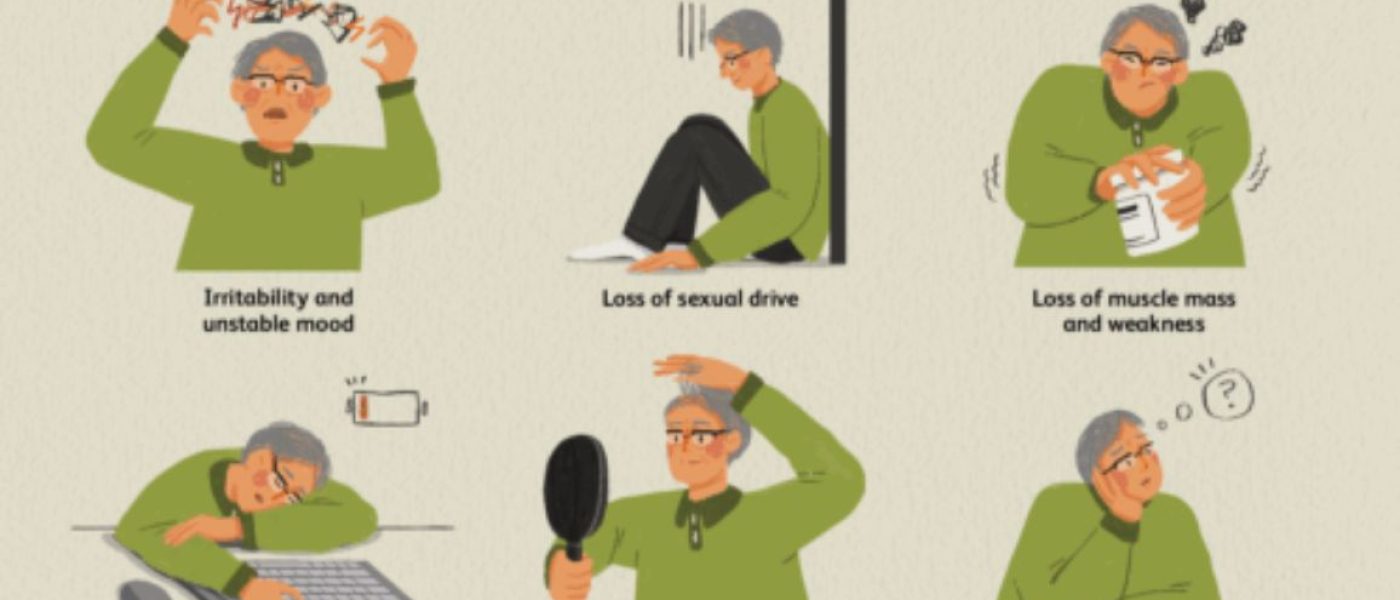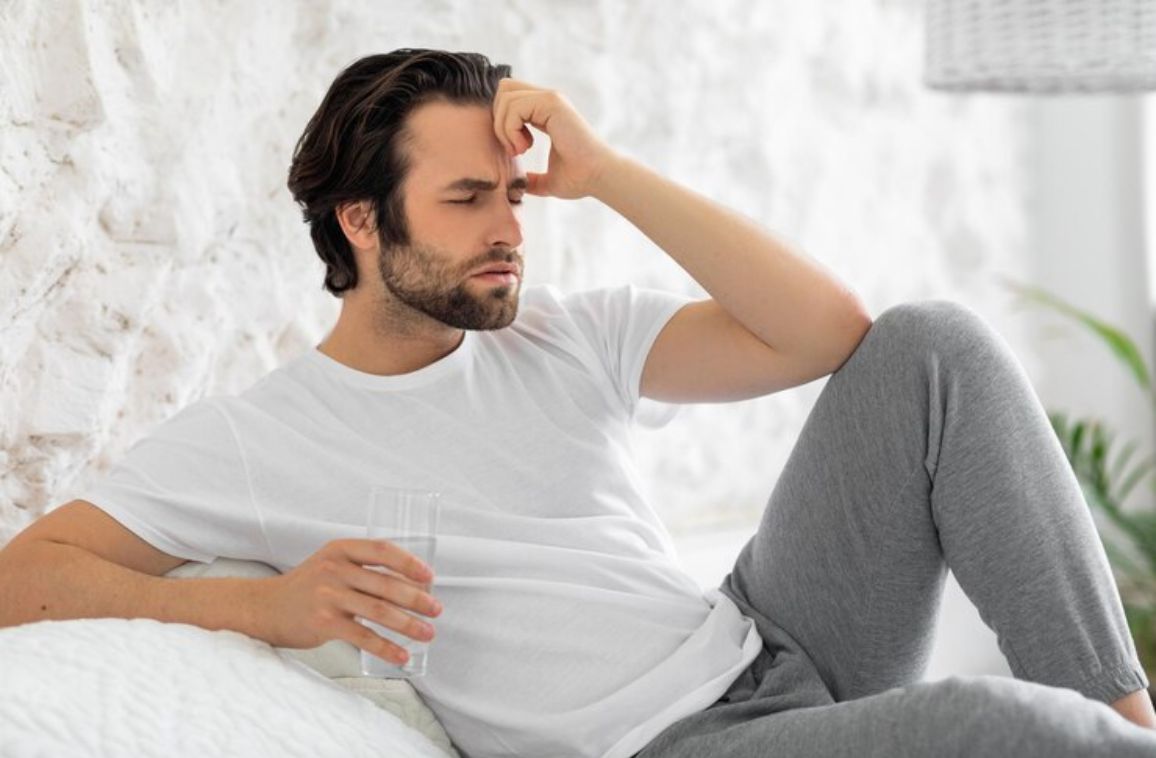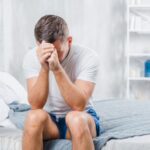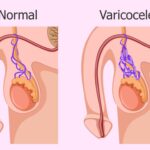
Understand the signs, symptoms, and also treatment options. Hormone changes are no doubt a natural part of aging. Unlike the more dramatic reproductive hormone plunge that does occur in women during menopause, sex hormone changes in men occur gradually, referred to as male menopause.
When men age, there is a natural decline in the body’s production of the hormone testosterone (androgen), which is indeed responsible for the regulation of sex characteristics in those assigned males at birth. Later on in life, testosterone is indeed required for a man’s physical and mental wellness.
A drop in testosterone can mean hypogonadism, which is sometimes informally referred to as “male menopause,” as it usually arises around the same time as menopause in women: in their late 40s or early 50s. The medical term is andropause.
There are mood changes. Treatment for this condition primarily involves testosterone replacement therapy (TRT), alongside careful monitoring.
These symptoms can indeed have a significant impact on quality of life while making other health issues more difficult to manage.
In contrast to female menopause, wherein women tend to become unable to ovulate, andropause does not interfere with sperm production. But it does develop more slowly, with symptoms and also signs often subtle. This leads to:
Irritability and also an unstable mood.
Loss of libido or sexual drive.
Loss of muscle mass and weakness.
Low energy or fatigue.
Reduced hair growth.
Concentration and/or short-term memory problems.
Reduced bone density.
Few men with the condition also experience symptoms associated with female menopause, like hot flashes and sweating. Notably, too, few men with low testosterone display any signs.
Menopause in women does set on relatively quickly as production of the hormones estrogen and progesterone stops; there is a more gradual shift in men. Starting in the mid-30s, in male menopause, men lose about 1.6% of their testosterone a year, which is usually a natural, unproblematic process. Symptoms can arise if the person does not have enough.

Few experience late-onset hypogonadism (LOH), which is rather characterized by very low levels of testosterone in older men arising with natural declines in that hormone.
In several cases, the symptoms of andropause or male menopause can be rather attributed to other factors as well and are not necessarily due to reductions in testosterone levels. This is at the root of the controversies surrounding the health condition.
Activities and also habits do partake in can be at the root of a few symptoms like loss of sexual drive, decreased motivation, unstable mood, and more. Significant among these lifestyle factors are:
Insufficient sleep or insomnia.
Unhealthy diet.
Not getting enough exercise.
Smoking tobacco.
Emotional or psychological issues can also be at the root of some andropause issues, and they can be worsened by this condition. Cases have been linked with:
Depression: Even in the absence of low hormone levels, depression is often associated with loss of libido, low energy levels, and shifts in mood.
Anxiety: Levels of anxiety can rise in middle age, and they are closely related to depression. Changes in life status, such as divorce, loss of job, or financial problems, can all contribute to these issues.
Stress: Elevated stress, due to the above factors, can indeed affect sexual function, libido, and also mood. This can also contribute to anxiety as well as depression problems.
Several other medical conditions have also been linked with severe reductions in testosterone levels as one’s body’s ability to synthesize this hormone is rather impacted. This can indeed happen with:
Stroke.
Myocardial infarction (heart attack).
Gallbladder surgery.
Ulcerative colitis.
Uncontrolled diabetes.
Low testosterone can rather occur when the testes, where this hormone is manufactured, become damaged or are lost. Accidents, testicular cancer, genetic conditions (especially Klinefelter syndrome), HIV/AIDS, a few autoimmune disorders, and infections can also influence levels of this hormone.
Taking some medications causes low testosterone, leading to andropause. This is the case for a range of drugs:
Opioids for pain, like Vicodin, or illicit drugs such as heroin, can cause reductions in testosterone if used for the long term.
Corticosteroids (glucocorticoids) are indeed prescribed for arthritis, chronic obstructive pulmonary disease (COPD), and multiple sclerosis, among other conditions.
Other tranquilizers, like benzodiazepines (Xanax) and barbiturates (Luminal and Nembutal), may also affect one’s testosterone levels.
Chemotherapy and radiation therapy for cancer have also been known to cause drastic reductions in testosterone.
Also, assessments may be necessary to assess complications of andropause or further investigate the cause of low testosterone. These include:
The primary means of managing men with symptoms from andropause happens to be testosterone replacement therapy. This is usually referred to as a primary care doctor, urologist, or endocrinologist. Replacement therapy has indeed been shown to help improve libido, memory, muscle mass, and also bone strength.
TRT can also cause infertility and also lead to a range of other side effects, such as blood clots. It is important to have replacement therapy done under the care of an expert medical professional.
TRT is delivered in several different ways:
Transdermal, using a gel, cream, or even patch.
Injection of both long- and short-acting doses.
Oral daily medications, such as Kyzatrex, Jatenzo, and Tlando (testosterone undecanoate).
Transmucosal, using a nasal inhaler several times a day or a patch placed above the incisors in the mouth.
Pellets of three to six months’ worth of testosterone implanted in the buttocks or hip.
Throughout treatment, one’s progress will be regularly monitored. Follow-up appointments are necessary every six to 12 months.
While andropause on its own is not fatal, if untreated, the symptoms can significantly affect one’s quality of life. Low testosterone levels have rather been found to increase the risk of death due to heart conditions. This condition is also, of course, linked with several other conditions, which can also severely impact. These include: Obesity
Heart disease.
Type 2 diabetes.
Cancer.
That said, if the condition is monitored and managed, and alongside other positive changes in lifestyle, a person can lead a full, productive life with andropause.
The symptoms of andropause can lead to significant psychological issues, especially so when sexual function is rather impacted. It is important to remember that these issues can be sorted out to enable coping:
Counseling: Individualized counseling with a therapist can help unpack a few of the difficult emotions associated with the condition. Couples therapy can also help restore intimacy in relationships.
Family and friends: It does help to talk to trusted family and friends about one’s condition. Members of one’s trusted circle can be an invaluable source of support.
Support groups: There can be support groups in one’s area for men with low testosterone. It is also worth looking into social media groups and pages. These can be, no doubt, an excellent way to share experiences and trade information.
Advocacy organizations: Advocacy organizations are dedicated to raising awareness of the condition. Such organizations connect patients and caregivers while being a source of reliable information.
Older men can be severely impacted by low testosterone levels. Life with this condition can be very challenging, as the symptoms are subtle, and it can severely affect emotional health.
If concerned about reduced levels of this hormone or later male menopause, be sure to seek medical help. Similar to several conditions, early detection and also timely intervention can drastically improve such outcomes.









©2024. Andro9. All Rights Reserved.